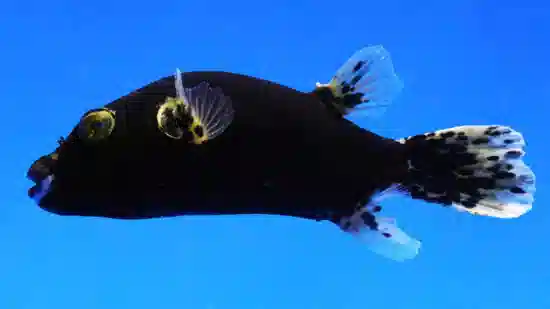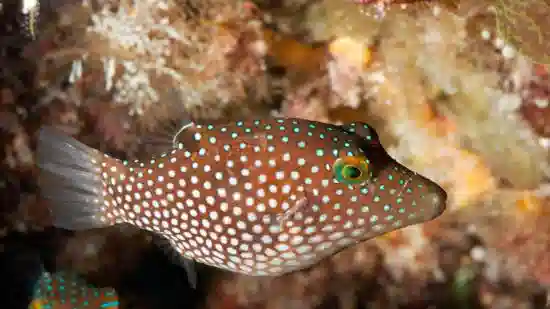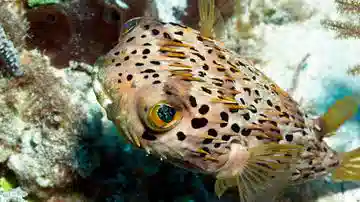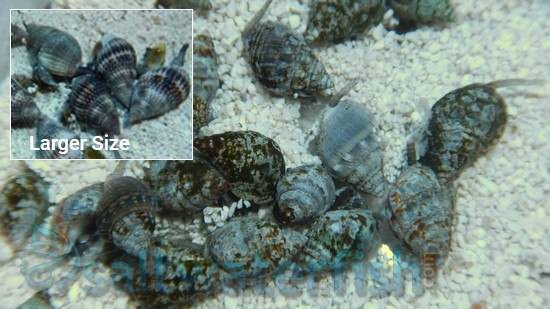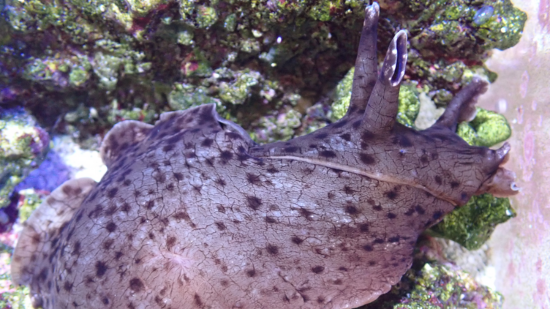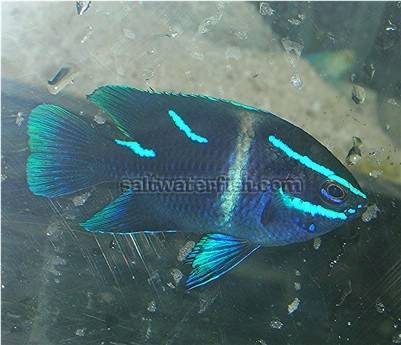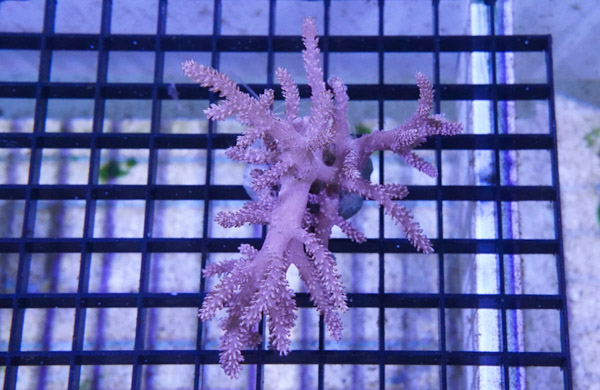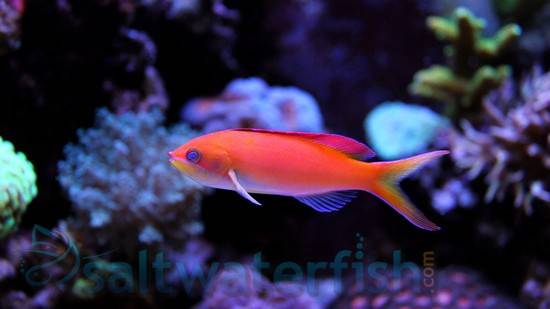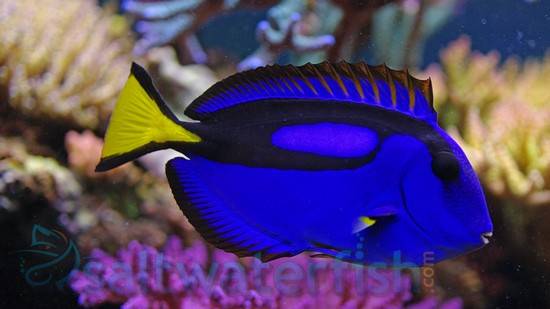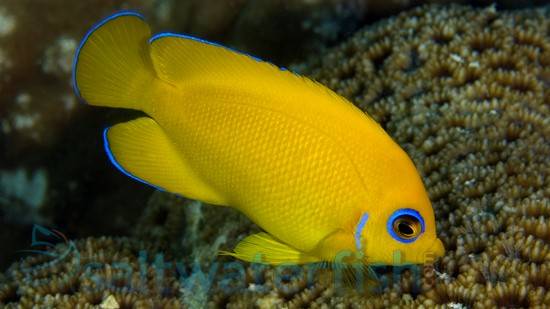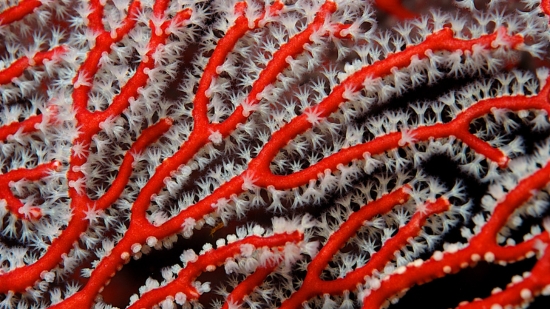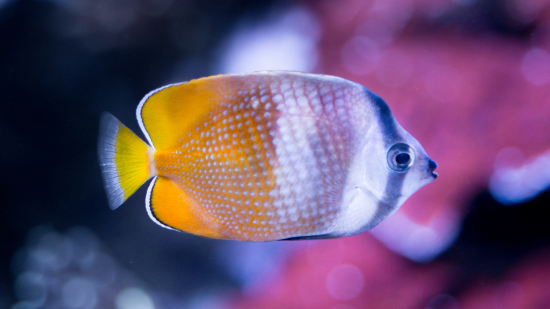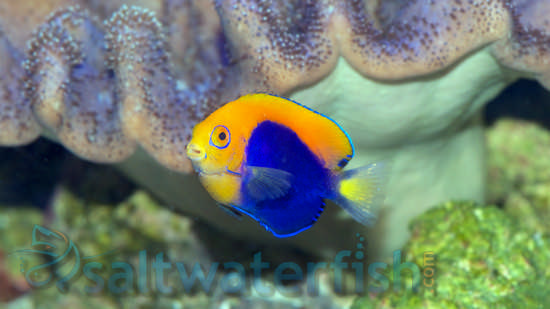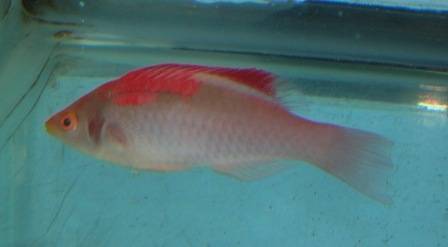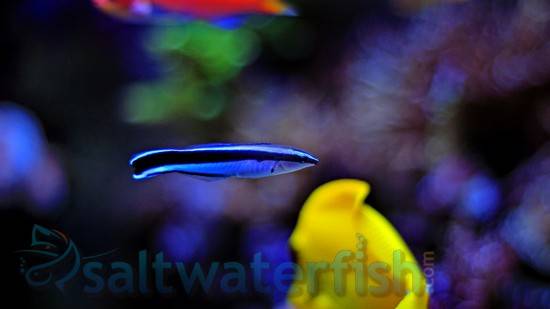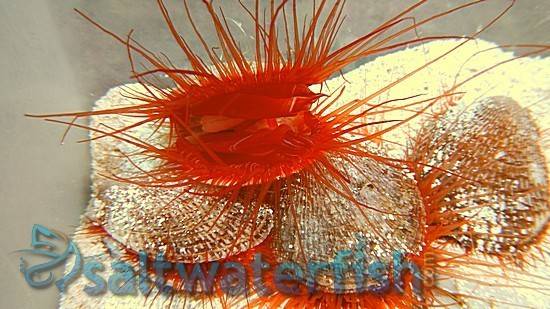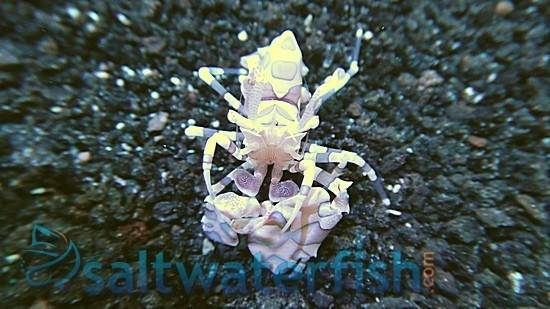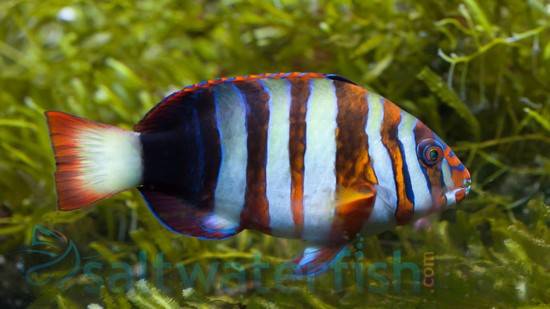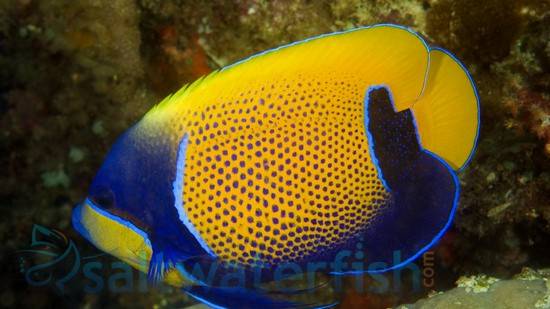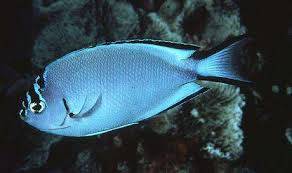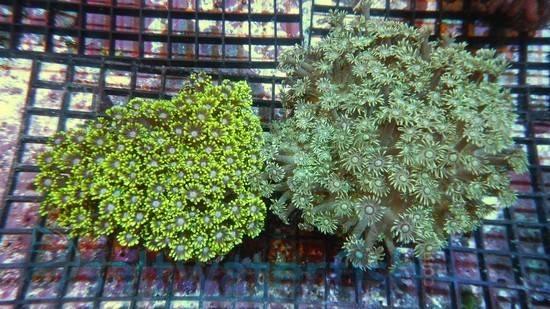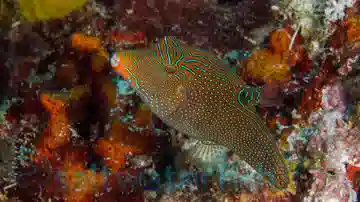Blue Spot Puffer - Red Sea
Canthigaster solandri
(0 Reviews)
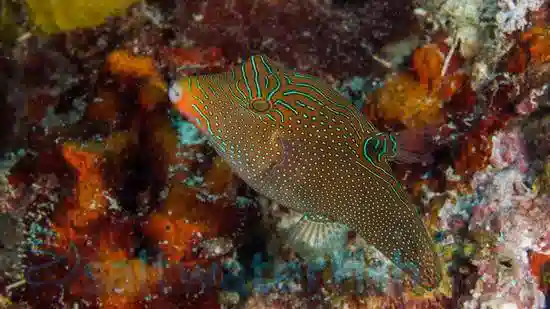
Blue Spot Puffer - Red Sea
Canthigaster solandri
(0 Reviews)
{{ item.name }}
Size: {{ item.extra_field_3 }}
${{ getFormattedPrice(item.saleprice) }} ${{ getFormattedPrice(item.price) }}
Free Shipping
With
$199.00
or more in Marine Life.
More details...
Blue Spot Puffer - Red Sea Care Facts
| Care Level: | Easy |
|---|---|
| Temperament: | Semi-Aggressive |
| Diet: | Carnivore |
| Reef Safe: | No |
| Minimum Tank Size: | 50 gallons |
| Max Size: | 5 inches |
Blue Spot Puffer
The Blue Spot Puffer (Canthigaster papua), also known as the Hawaiian Blue Puffer or Blue Spotted Sharpnose, hails from the Indo-Pacific region, preferring coral reefs and rocky areas. With a maximum size of 4 inches and a lifespan of up to 5 years, they require a minimum 50-gallon tank with stable conditions (pH 8.1-8.4, salinity 1.020-1.025, temperature 74-78°F), and lots of hiding spots. While semi-reef safe, they may nip at corals and invertebrates. Their diet consists of red algae, green algae, coralline algae, and carnivorous preparations. These puffers are not suitable for communal tanks due to territorial behavior and potential aggression, but can coexist with larger, peaceful species like Firefish Gobies, Royal Grammas, Orchid Dottybacks, Banggai Cardinalfish, and Lawnmower Blennies. Sourced from ethical suppliers like Saltwaterfish.com, they ensure healthy specimens for your aquarium, offering a rewarding addition to marine environments.
Habitat:
The Blue Spot Puffer is commonly found in the Indo-Pacific region, which includes the Red Sea and the eastern coast of Africa. These aquatic creatures are known to inhabit coral reefs and lagoons, where they prefer to take up residence in crevices and rocky areas.
Reef Compatibility:
The Blue Spot Puffer typically doesn’t harm corals, but they have been known to prey on invertebrates, like tube worms and corals with fleshy polyps. As such, it's recommended that you exercise caution when keeping them in a reef aquarium. It’s generally considered semi-reef safe.
Size and Lifespan:
Blue Spot Puffers are a smaller species, growing to a maximum size of around 4 inches (10 centimeters). These puffers have the potential to thrive for up to 5 years under ideal circumstances.
Diet in Captivity:
Blue Spot Puffers exhibit omnivorous behavior in captivity and have a versatile appetite for a variety of food sources. In order to provide optimal nutrition, it is recommended to incorporate a blend of plant and animal-based options in their diet. This can be achieved through the provision of high-quality marine flakes, pellets, frozen food items, and live options such as brine and mysis shrimp. By offering a diverse selection of foods, Blue Spot Puffers can fulfill their nutritional requirements and maintain a balanced diet.
Aquaculture and Availability:
Blue Spot Puffers are not typically bred in aquaculture and are typically sourced from the wild. It is recommended that you purchase Blue Spot Puffers only from reliable sources that promote ethical and sustainable collection practices, such as Salt Water Fish
Compatibility with Other Fish and Invertebrates:
The Blue Spot Puffer has a tendency to display territorial behavior and may exhibit aggression towards other pufferfish or fish that resemble them in size and appearance. To avoid any hostile encounters, it is advisable to opt for larger and peaceable species as tank companions. Careful observation of their interactions is vital to deter any aggression from taking place.
Sexual Dimorphism:
Male and female Blue Spot Puffers exhibit minimal sexual dimorphism, with similar physical features and coloring.
Juvenile to Adult Coloration Changes:
The yellowish bodies of Juvenile Blue Spot Puffers are notably adorned with striking blue spots. As they grow into maturity, the intensity of these blue spots may diminish, yet they remain a defining characteristic of their appearance.
Temperament:
Blue Spot Puffers have a curious and energetic demeanor, but they can also exhibit territorial behavior and aggression. Their aquarium environment should offer ample hiding spots and minimize competition for territory.
Tank Requirements:
Your Blue Spot Puffer’s tank should have a minimum capacity of 50 gallons, or approximately 114 liters. This allows them to have enough space to swim and reduces the chances of territorial disputes. To maintain their health, it is important to ensure a stable environment with a pH level between 8.1 to 8.4, a salinity level ranging from 1.020 to 1.025, and a temperature of 74-78°F (23-26°C). Adequate water flow is crucial to keep their habitat stable. Their tank should include hiding spots and live rock to mimic their natural habitat, leading to a happy and healthy Blue Spot Puffer.
Common Names:
The Blue Spot Puffer is also commonly called the Papuan Toby Puffer, Blue Spotted Sharpnose, or Hawaiian Blue Puffer.
Compatible Tank Mates:
When choosing tank mates for your Blue Spot Puffer, consider these five suitable options:
- Firefish Goby (Nemateleotris species),
- Royal Gramma (Gramma loreto),
- Orchid Dottyback (Pseudochromis fridmani),
- Banggai Cardinalfish (Pterapogon kauderni),
- Lawnmower Blenny (Salarias fasciatus)
Currently Blue Spot Puffer - Red Sea does not have any reviews.


